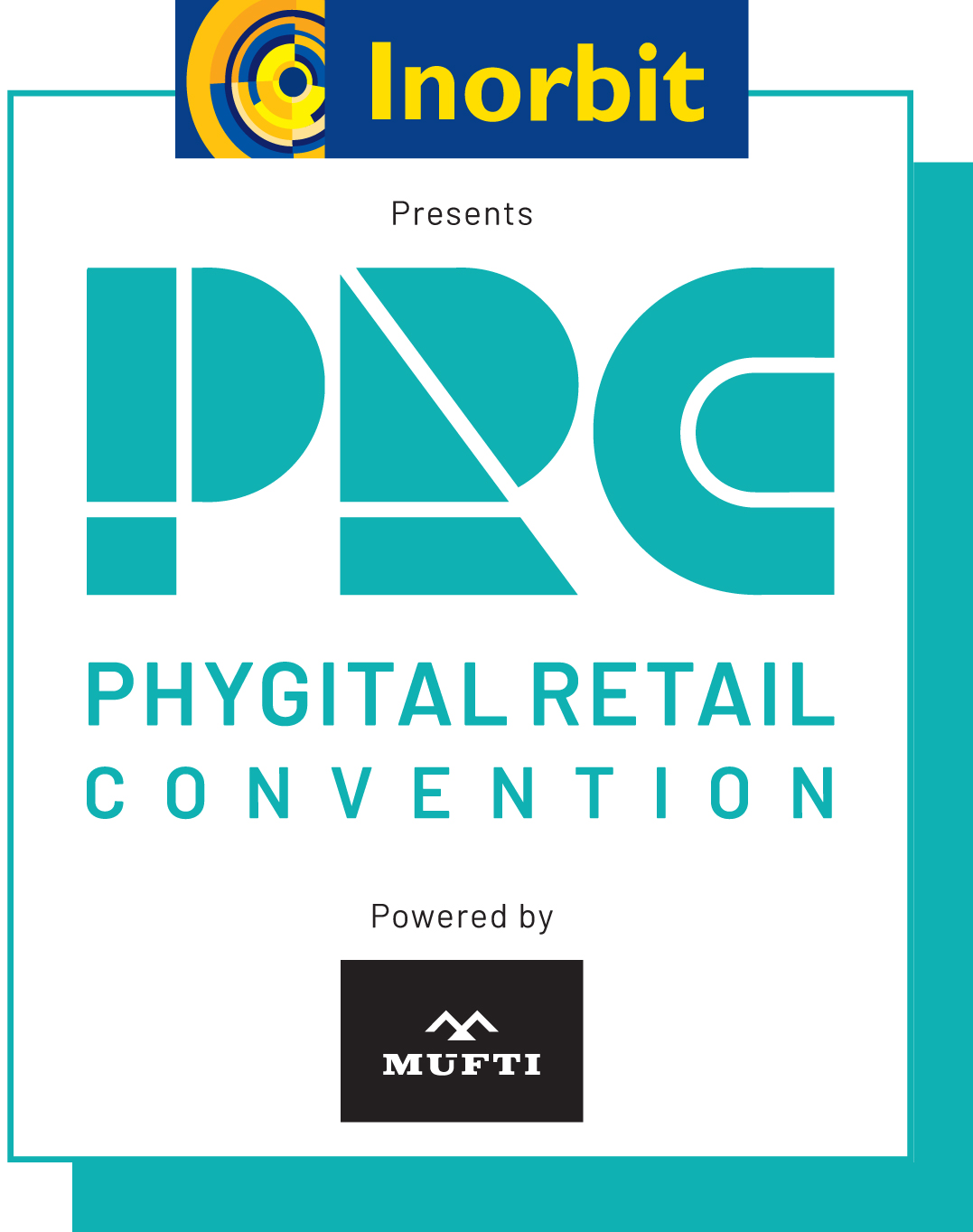CONVERGENT POS
The way customers prefer to pay is bound to change in 2016. Handheld point-of-sale (POS) systems with a cloud-based back-end have proven to be the device of choice by customers to make payments. They also result in more conversions and better space productivity due to less queues and saving in space for traditional POS.
Alongside this change, the adoption of mobile wallets and NFC (Near Field Communication) technologies will increase. Retailers will have to ensure that they keep up with the change in this interaction. 2016 will see adoption of smart terminals, acceptance of mobile wallets, and greater proliferation of NFC and EMV (Europay, MasterCard, and Visa) technologies.
AUGMENTED REALITY
It has been nearly 7-8 years since the magic mirror was first showcased to help shoppers make decisions among different apparel options. Virtual fitting rooms are now more widely accepted and visual merchandisers are constantly innovating to build interactive and more immersive displays. Online retailers like Lenskart allow users to add their own face to the image while making a choice between frames for eye wear. On the same theme, furniture retailers allow app-based augmented reality (AR) to photograph the room and visualize it with the selected furniture item.
IKEA recently came out with an AR catalog which accurately measures room dimensions and recommends the best fit furniture options. The interactive nature of AR will attract customers and be a key differentiator in shopping experience. Retailers will have to move in this direction and start integrating AR aspects in their store similar to Van Heusen’s recently opened first digital store in Bangalore or on their web and/ or app platform.
MOBILES WILL LEAD
The mobile shopping experience has arrived in full steam. It is this latest platform which is helping retailers understand customers and present their offerings and apply Big Data analytics to ensure conversions and stick ability. Macy’s and Starbucks have integrated their apps with customer data so that the app reminds customers of an opportunity to redeem an offer or a deal that are tied to their loyalty points. The app has become a larger extension of the physical store by strengthening click and collect initiatives. Walmart has integrated the environment such that the app informs you when the order is ready for pick-up at the store.
It also aids in adding last minute items/ payment via payment gateways. Nordstrom has extended the service further wherein when customers inform the store of their arrival, a store employee meets them at their cars and hands over their shopping bags. Currently, many retailers use their apps for a mere display of their product assortment; but they will have to quickly ramp up to make it more immersive and value-added for the customers.
BIG DATA/ SEAMLESS SHOPPING
Mobile as a platform helps in extending the retailers’ content, but many retailers will have to put in significant effort to truly deliver an authentic experience for their customers. Retailers will have to demonstrate that they truly understand customers’ needs, and can deliver at customers’ preferred location and price points. Big Data has been a buzzword for a long time, but with the increasing use of IoT like wearables and BLE (Bluetooth low energy) beacons, retailers can do an in-depth study of customers’ likes and their buying behavior. This becomes an area of significant importance for integrated retail players.
The use of the Dash button by Amazon and extensions like Echo and Siri in customer interactions generate data points which help retailers better segment and fine-tune their offerings. Integrated players like Ralph Lauren and Apple control all aspects of the value chain and stand a greater chance of building upon their understanding of the customer to deliver the best value. Other forward-looking retailers need to look deep in their loyalty database, video analytic systems, and transactions data to mine the right offering for the right customer at the right price.
WEB/MOBILE/STORE
This has been an evolving trend; but 2016 will finally see the acceptance of all three platforms playing different parts in the purchase cycle for different customers. The “UPS Pulse of the Online Shopper” report has revealed a convergence in buying behavior where both the website and the mobile co-exist with the store (in case of physical retailers) as an integrated environment leading toward a final “Buy Now” moment. Online retailers have also discovered that web-based presence plays a crucial role in the initial stages of window shopping.
Many retailers find that customers begin the discovery phase of the purchase by research and reviews on the website or in-store. This may lead to an eventual purchase on the mobile app or at the cash till. However, the depth of data and assortment availability on websites and stores plays an important part in the purchase process. It is important that retailers not aim for an either/ or choice between Web Mobile and store but ensure a seamless experience on both. The buying related change is mainly applicable for physical retailers. The online players are already moving to physical locations to augment their distribution reach and provide greater deliver options to customers. The bottom line, irrespective of what area and function the retailer operates in, bringing online and offline together has become an evolve-or-perish decision in 2016.
Must Read



